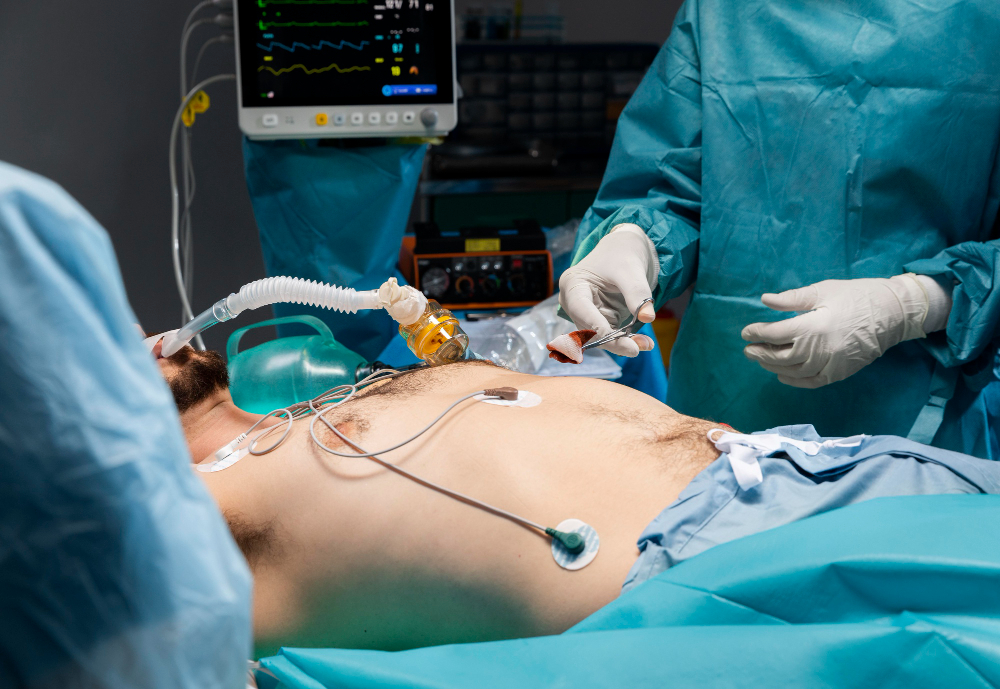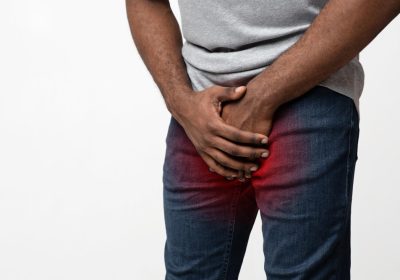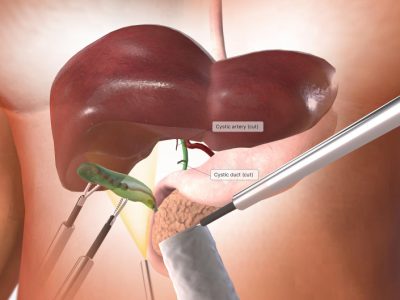Services

Upper GI Endoscopy
Upper GI Endoscopy is a diagnostic procedure that allows doctors to examine the upper part of the gastrointestinal tract, including the esophagus, stomach, and duodenum. It involves the use of a flexible tube with a camera (endoscope) to identify issues like ulcers, tumors, inflammation, and sources of bleeding.

Lower Urinary Tract Surgery
Lower Urinary Tract Surgery addresses conditions affecting the bladder, urethra, and prostate. Procedures include treating urinary incontinence, bladder tumors, strictures, and benign prostatic hyperplasia. Using advanced techniques, such as minimally invasive or robotic-assisted surgery, ensures precision and reduces recovery time, enhancing patient outcomes and quality of life.

Appendicitis Surgery
Appendicitis surgery, also known as an appendectomy, is performed to remove an inflamed or infected appendix. It can be done using open surgery or laparoscopic techniques. The procedure prevents rupture, which can lead to serious complications like peritonitis. Recovery is generally quick, with most patients resuming normal activities within a few weeks.

Hernia Repairs
Hernia repairs involve surgical correction of hernias, where tissue protrudes through a muscle weakness. Common types include inguinal and ventral hernias. Surgery, which can be open or laparoscopic, aims to reposition the tissue and reinforce the muscle wall. This procedure alleviates pain, prevents complications like strangulation, and ensures a swift recovery, allowing patients to resume normal activities quickly.

Cholecystitis (Gallbladder Inflammation) Surgery
Cholecystitis surgery, often a cholecystectomy, involves removing the inflamed gallbladder. This procedure is typically performed laparoscopically, involving small incisions and a camera for guidance. It addresses symptoms like severe abdominal pain, nausea, and fever, and prevents complications such as gallbladder rupture or infection. Patients usually recover quickly, with most returning to normal activities within a week.

Perforated Ulcer Repairs
Perforated ulcer repair is a surgical procedure to fix a hole in the stomach or duodenal wall caused by an ulcer. This emergency surgery can be performed through open or laparoscopic methods. It aims to close the perforation and clean the abdominal cavity to prevent infection. Prompt intervention alleviates severe pain and restores normal gastrointestinal function.

Trauma Surgery
Trauma surgery involves treating injuries caused by accidents, violence, or emergencies. Surgeons stabilize patients, addressing wounds to vital organs, bones, and tissues. Procedures may range from simple wound closure to complex internal repairs. Rapid intervention is crucial to prevent life-threatening complications and promote recovery. Advanced techniques like minimally invasive surgery and trauma resuscitation protocols enhance patient outcomes in critical situations.

Breast Surgery
Breast surgery encompasses procedures like mastectomy for cancer treatment, lumpectomy for tumor removal, breast reconstruction, and augmentation. Surgeons utilize advanced techniques, including oncoplastic surgery and nipple-sparing mastectomy, to preserve aesthetics and function. These surgeries aim to remove cancerous tissue, improve breast symmetry, and enhance patient confidence. Recovery varies based on the procedure's complexity, with post-operative care focusing on pain management and cosmetic outcomes.
